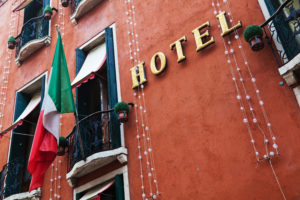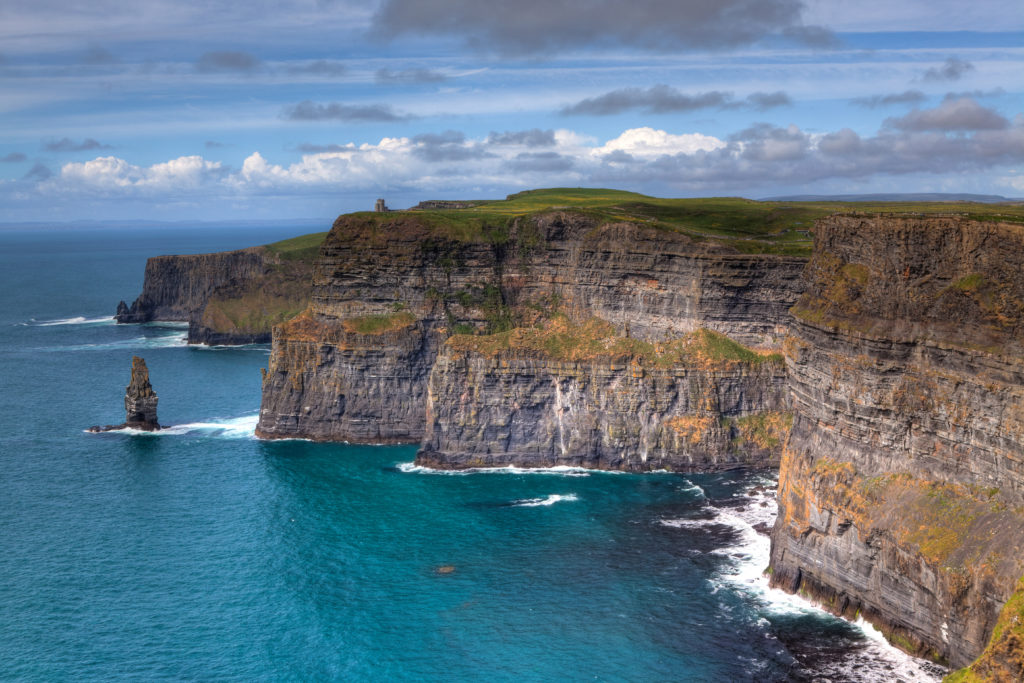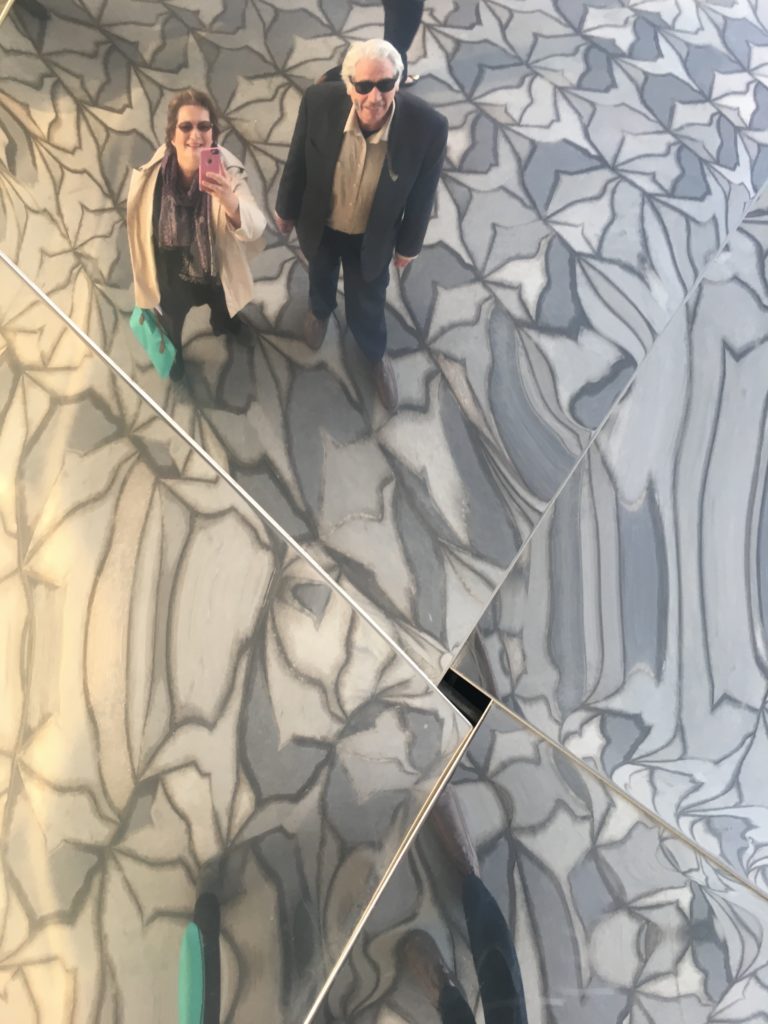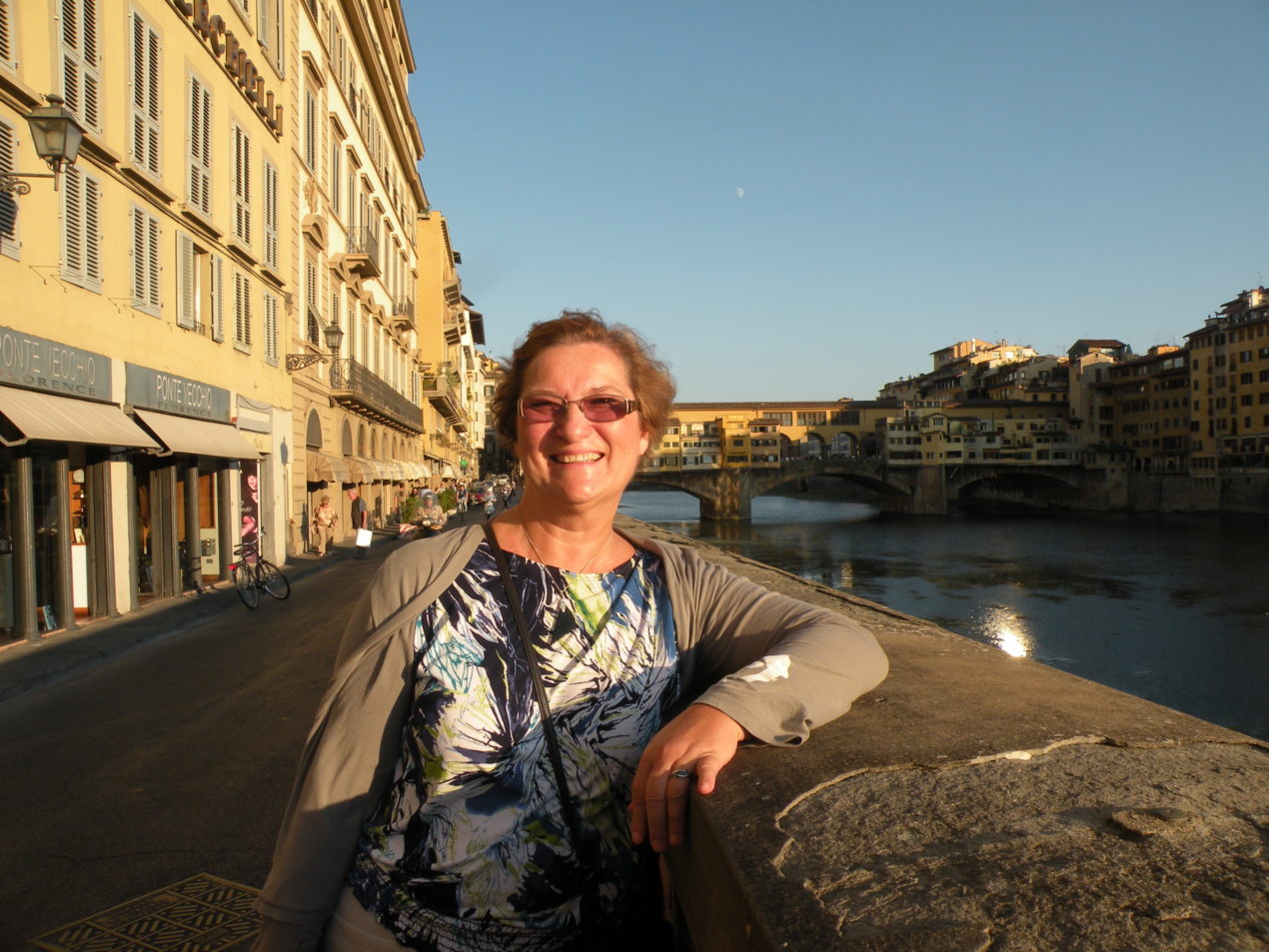Travel Advice for Independent Travelers Who Love the Arts
This page may contain affiliate links to products or services I’m happy to recommend. If you click on an affiliate link and then make a purchase, Artsy Traveler may earn a small commission at no cost to you. Thank you!
I love everything about traveling—planning the trip, choosing accommodations, finding great things to see, budgeting my time and my money, exploring new places, meeting new people, breathing new air. And I especially love sharing advice related to arts-inspired travel–museums, cultural experiences, concerts, galleries, anything artsy!
I love traveling so much because in one day of traveling and sightseeing, I pack in so many more experiences than I usually do during a regular day back home. And in 2020 and 2021, there have been a LOT of regular days! Home is great but I’m surrounded by the familiar, and after over almost three years of staying home, the road beckons.
When you travel, everything is new—the streets and the food, the people and the history.
You learn when you travel and as an artsy traveler you seek out and enjoy the creative output of your fellow humans.

Travel Smart Posts
Check out these Travel Smart posts to get you started–everything from traveling green to enjoying small group tours to staying healthy on the road!

The Joys of Exploring the World with Small Group Tours by Guest Poster Julie H. Ferguson

6 Steps to Finding Awesome Accommodation in Europe

How to Travel and Stay Healthy in Europe

Driving in Europe: Top Tips for Happy & Safe Travel

Travel to Eat: Happy Budget Dining in Europe

Smart Ways to Travel Green

Testing Travel to Europe as COVID Restrictions Ease by Guest Poster Julie H. Ferguson

Ten Charming Hotels in Europe I Recommend
My Best Travel Advice
Since I started traveling several decades ago, I’ve picked up a lot of travel tips for getting around smartly and in comfort. Come with me as I share advice about planning your trip, choosing the best transportation methods, finding great places to stay, and keeping fed and happy on the road. I also include information about traveling responsibly to offset your carbon footprint.

Great travel experiences start with great travel planning. I enjoy the planning process almost as much as the traveling!
Trip Planning Steps
As soon as you decide at least on the countries you want to travel to (France? Italy? Spain? UK?), get cracking with the trip planning process by creating your itinerary.
I’ve broken the process into nine steps. Following is a summary of each of these steps with relation to planning a trip to Europe. For a detailed description and plenty more travel advice related to travel in Europe, check out Nine Steps to Planning Your Perfect Europe Itinerary.
Step 1: Determine Your Time and Travel Budget
How much time and money do you have for the trip you want to take? Calculate total travel expenses of about 90-135 € per person per day to travel in Europe, not including airfare and other transportation costs such as car rentals and train passes.
Costs are higher when you’re traveling from place to place and staying in cities, and lower when you are home-basing and cooking some of your meals.
I break down the budget in Nine Steps to Planning Your Perfect Europe Itinerary.
Step 2: Select Your Travel Mode
Choose to tour Europe on an escorted tour where everything is taken care of or do all the planning yourself as an independent traveler. I’ve traveled both ways and both have great benefits.
My preferred travel mode—and the one I usually favor on Artsy Traveler— is independent travel both by car and by rail with the occasional day tour.
Are you excited about going it alone (with occasional help!)? Are you ready to be your own tour director?
Then read on—you’re in the right place.
Step 3: Set Up Your Itinerary
Once you’ve decided that you’re going to Europe (yahoo!), launch Excel or Google Sheets or your fave spreadsheet app and get to work setting up your itinerary.
At the top of the first column, enter the start date of your trip and then a line for every date of the trip’s duration.
Next, create columns for Destination, Transportation, Activity/Event, Accommodation, and Cost. As you start gathering information, enter as many costs as possible to create a ballpark budget.
For sample itinerary templates to download and more tips, check Nine Steps to Planning Your Perfect Europe Itinerary.
Step 4: Choose Your Destinations
Now the fun begins! Explore this website, head to the library or a bookstore to check out guidebooks, or surf other travel blogs and websites that include information and suggestions about the places you want to visit.
Enter your destinations and approximate dates in the spreadsheet. Your goal at this point is to get the “big picture” view of your trip.



Step 5: Find Events, Exhibitions & Tours
As you do your research in Step 4, also look for events, exhibitions and day tours in the locations you want to visit. Here’s where you put the artsy into artsy traveling.
What’s the special exhibition at the Pompidou in Paris? Are there any good concerts on in Vienna? Can you get a day tour to Versailles?
Plan for as many events, exhibitions and concerts as you can comfortably see while always remaining flexible while you’re traveling. I took the picture below when on a whim in Paris we went to one of the most spectacular concerts we’ve ever attended at the magnificent Paris Philharmonic Concert Hall in La Vilette. We got last-minute tickets while staying in Paris and wow!



Keep reading and searching and filling in your itinerary. You’re getting there!
Step 6: Calculate Transportation Needs
Consider your travel needs. If you don’t already live in Europe, you likely need to book a flight to get there and once there you need to determine if you’re driving or doing public transit (or a combination).
Your decisions about where to go and what to see depend very much on how you plan to get there.
Read my tips for open-jaw travel, car rentals, rail and ferry travel, and day tours in Nine Steps to Planning Your Perfect Europe Itinerary,
Step 7: Revise and Replace
For the independent traveler (and the Artsy Traveler!), the itinerary planning process takes time. Step 7 is really just a rehash of Steps 5 and 6.
Keep tweaking your selections in your quest to choose where to go, what to see, what to do, and how to get there.
Step 8: Book Accommodations
Make life easy for yourself by using an online booking agency such as booking.com to find and book your accommodations. I suggest you always select the ‘free cancellation’ option, at least until you’re 100% sure of your travel plans.
You can always return to the website closer to your trip time and change the booking to the cheaper ‘no cancellation’ option. Your goal at this stage is to secure a comfy place to lay your head. Hotel rooms and apartments book up fast in Europe.
For lots of tips and advice about booking your accommodation in Europe and saving money, check Six Tips for Making Awesome Accommodation Choices in Europe.
Step 9: Book Transportation
If possible, select transportation options you’re able to change or cancel without penalty. Flights can be tricky because often the budget fares do not allow you to cancel. Book your transportation once you’ve pretty much set your itinerary.
And for flights, don’t wait too long. I’ve been burned before by waiting so long that I almost didn’t get the flights I wanted.
Tips for Choosing Accommodation
Over the years I’ve decided that smart travel is not necessarily budget travel. While I always have one eye on the euros, I focus the other eye on comfort. For me, comfort and convenience always win over budget, within reason of course!
I set an accommodation budget between about 90-255 €/night depending on location and then from there, I follow six steps to find the best accommodation I can.
For more details about these steps, read Six Steps to Making Awesome Accommodation Choices in Europe.
Step 1: Consider Location, Location, Location
Before booking a property, always check its location. Pay attention to reviewers’ comments about location. You don’t want to waste valuable sightseeing time commuting from a dreary suburb or end up in an area that feels unsafe at night.
The hotel pictured below turned out to be farther from Tavira in southern Portugal than we’d thought, requiring an expensive taxi ride. Fortunately, they served a fabulous dinner and the views were awesome.

Step 2: Identify Room Size
Sites like booking.com always specify the size of the room in square meters. 15 square meters (about 160 square feet) or smaller is, in my opinion, too small for two people and their luggage to fit comfortably. Whenever possible choose rooms that are at least 20 square meters.
Step 3: Select the Accommodation Type
Hotel? Bed-and-breakfast? Country inn? Apartment? House? Your choice depends on so many factors. Read more in Six Steps to Making Awesome Accommodation Choices in Europe.
Step 4: Check Amenities
Property sites always include a list of amenities, from WIFI to kitchens to trouser presses. Choose which ones you can’t do without (for example, a kitchen if you want to eat in occasionally or a bathtub if you like to soak away the sightseeing aches and pains) and book accordingly.
Step 5: Identify Cancellation Options
I’ve said it before on this page and elsewhere—choose rooms with ‘free cancellation’ options until you are 100% sure you’ll be staying there. You just never know what can happen, and to me, the money saved by choosing the ‘no cancellation’ option is not worth the risk.
Step 6: Pay Attention to Ratings and Reviews
As a general rule, choose properties with a rating of 8 out of 10 or higher . Sometimes, your budget will dictate choosing a property that ranks in the 7s.
Read reviews carefully for any red flags. If the difference in price between a property with questionable reviews is not that high, then opt for the more expensive property. Your health and well-being on the road is worth it!
Tips for Eating Well in Europe
Make a portion of your travel adventures gastronomic ones. I always build room in the budget for some splurge meals. For us, a splurge is no more than 100 € which won’t get us in the door of the top restaurants but will get us a darned memorable meal in great surroundings.

For tips on how to eat relatively cheaply in Europe so you have money left over for the occasional big meal out, read Travel to Eat: Dining Well on a Budget in Europe.
Insurance
Insurance just keeps getting more expensive! These days, I buy only medical insurance in addition to the mandatory car insurance I need to rent a car.
I don’t buy travel insurance plans that include cancellation or baggage insurance. I figure that if something so awful happens that I have to cancel my trip (think death), then I won’t care that I’ve lost the plane fare. Second, nothing in my baggage is really worth that much so why insure it?
But health insurance is another matter and unfortunately the older we get, the higher the premiums. Purchase the health insurance plan that gives you the best coverage within your budget and just hope you never have to use it.
I get the best insurance deals from my local Automobile Association. Shop around and see what’s available at your insurance company.
Travel Responsibly
Traveling to Europe and around Europe is a pretty energy-intensive thing to do that contributes to the increase in greenhouse gases. Let’s face it, we should all stay as close to home as possible and focus on emissions reductions.
And yet I still travel because I also believe in the benefits of sharing points of view and supporting the arts everywhere I go.
For carbon-neutral travel, consider purchasing carbon offsets. Visit a website such as atmosfair or My Climate and use the tools to calculate the greenhouse gas emissions generated from your trip. You then pay the offset company the amount required to reduce emissions elsewhere in the world by the same amount by funding offset projects.
Your money goes to fund renewable energy projects worldwide.
This article describes how to reduce our carbon footprints – and here’s another article from ethical.net Carbon Offsetting Companies Compared.
Use carbon offsetting as part of your efforts to reduce your carbon footprint and live greener. The offset companies also fund projects that help people in the developing world.
